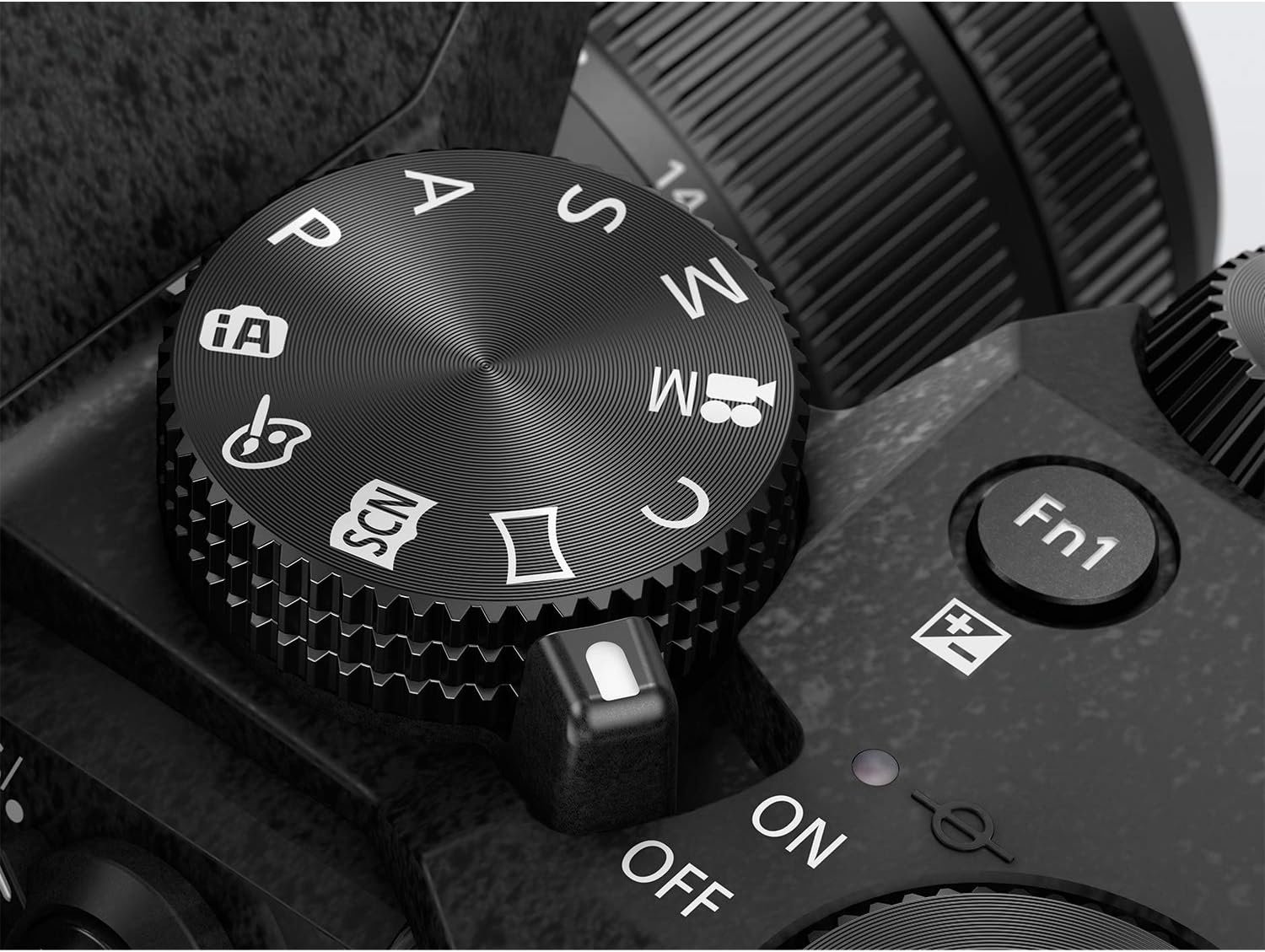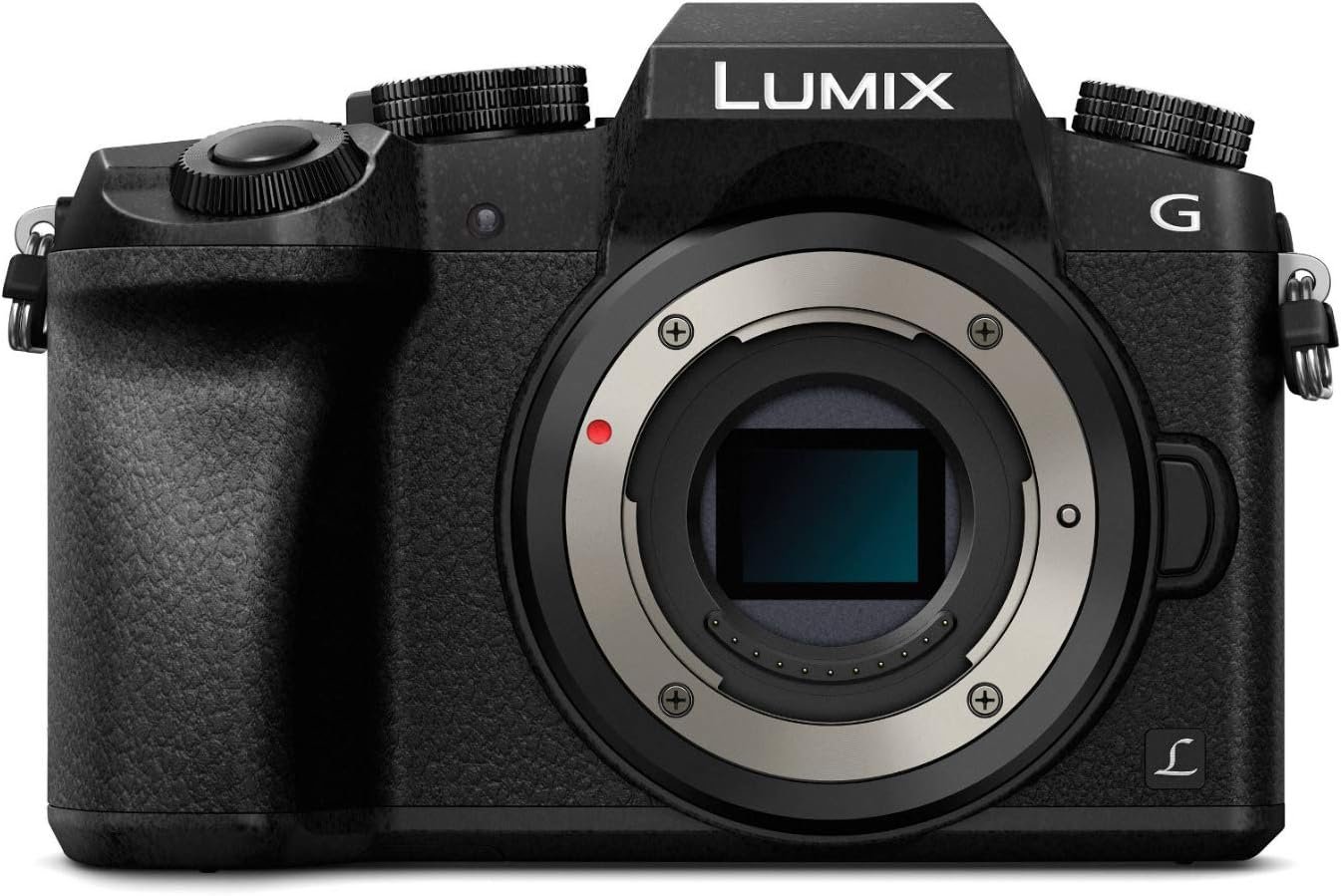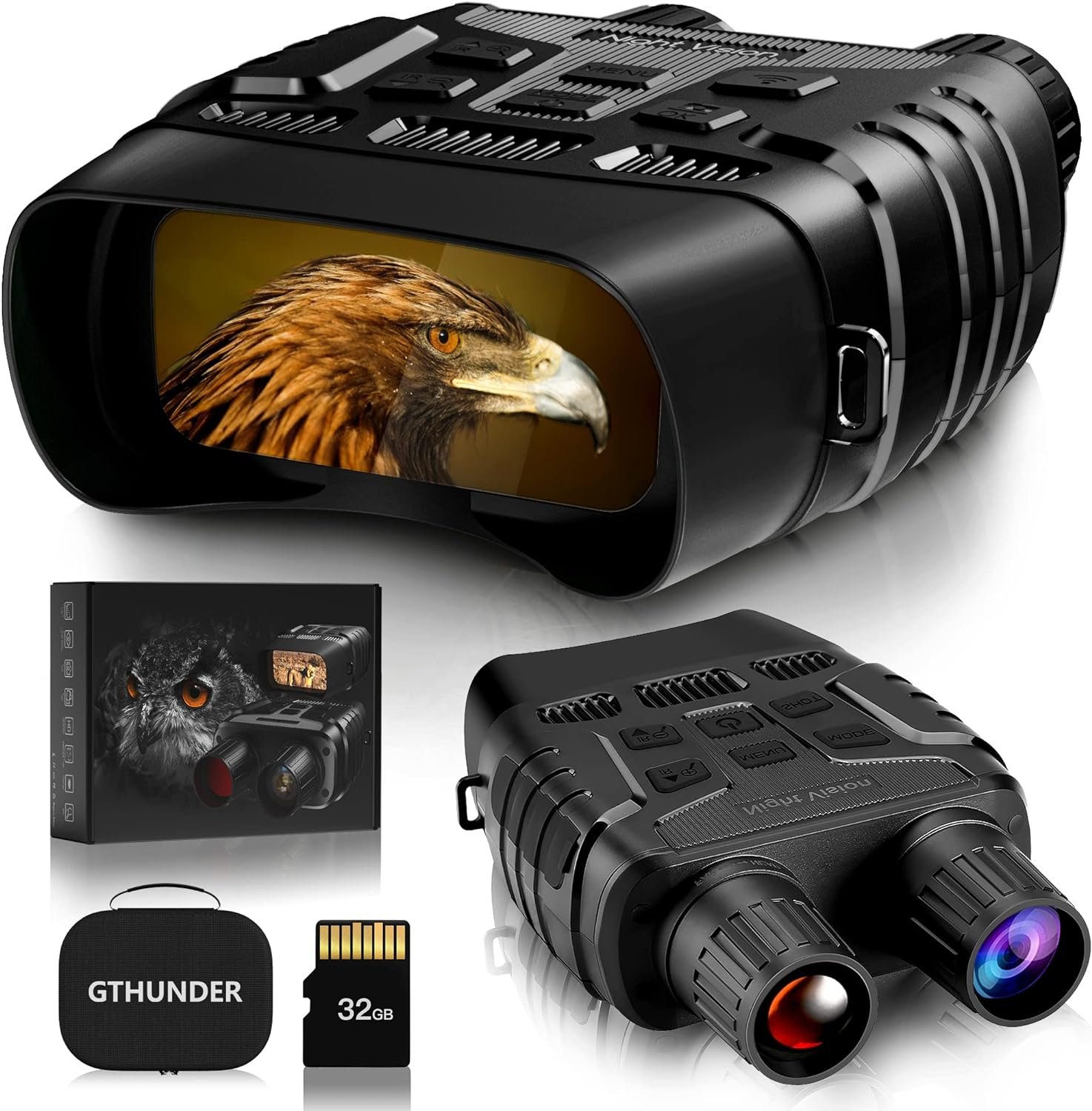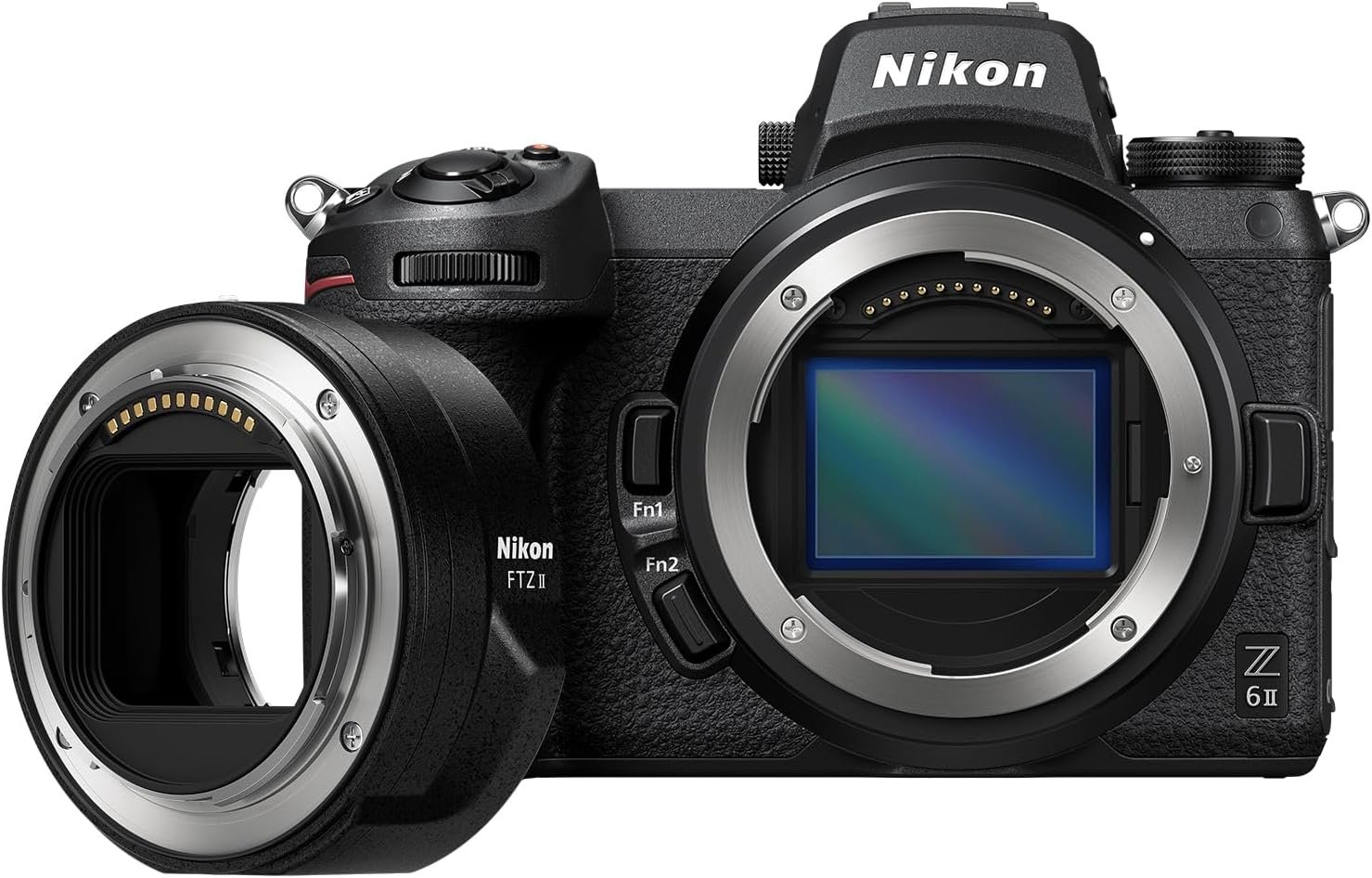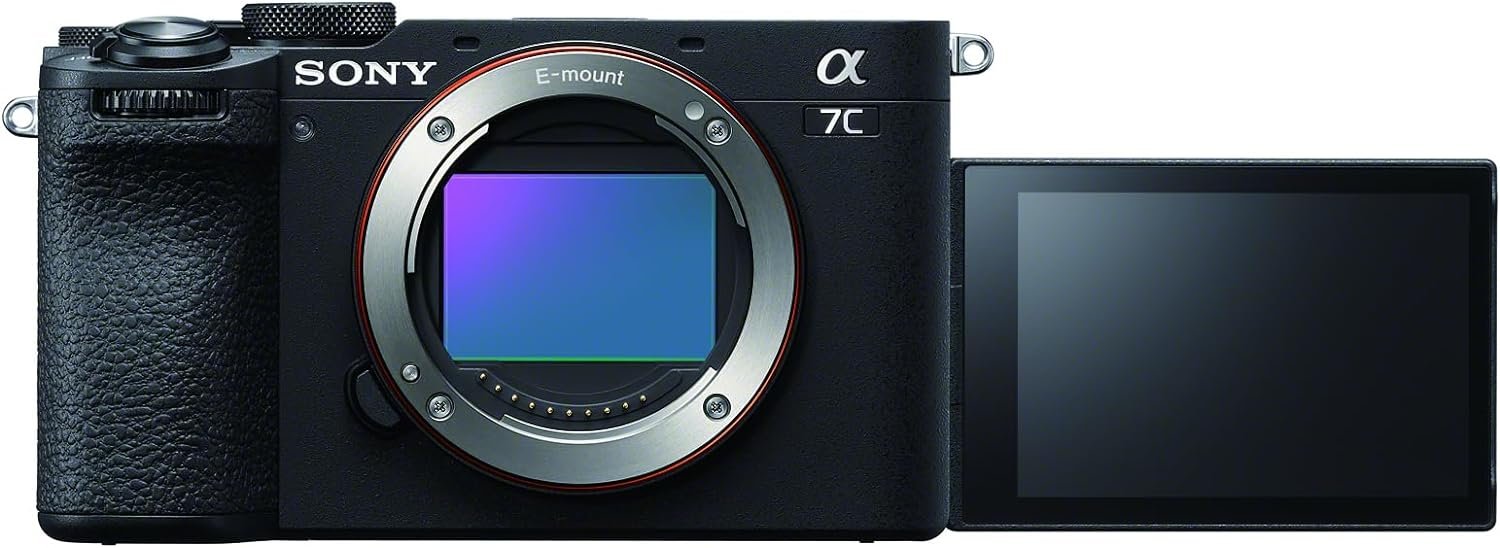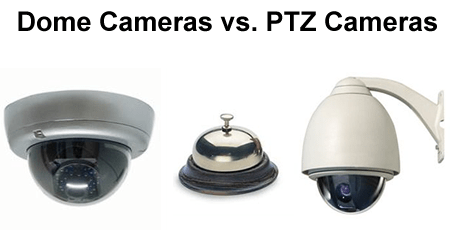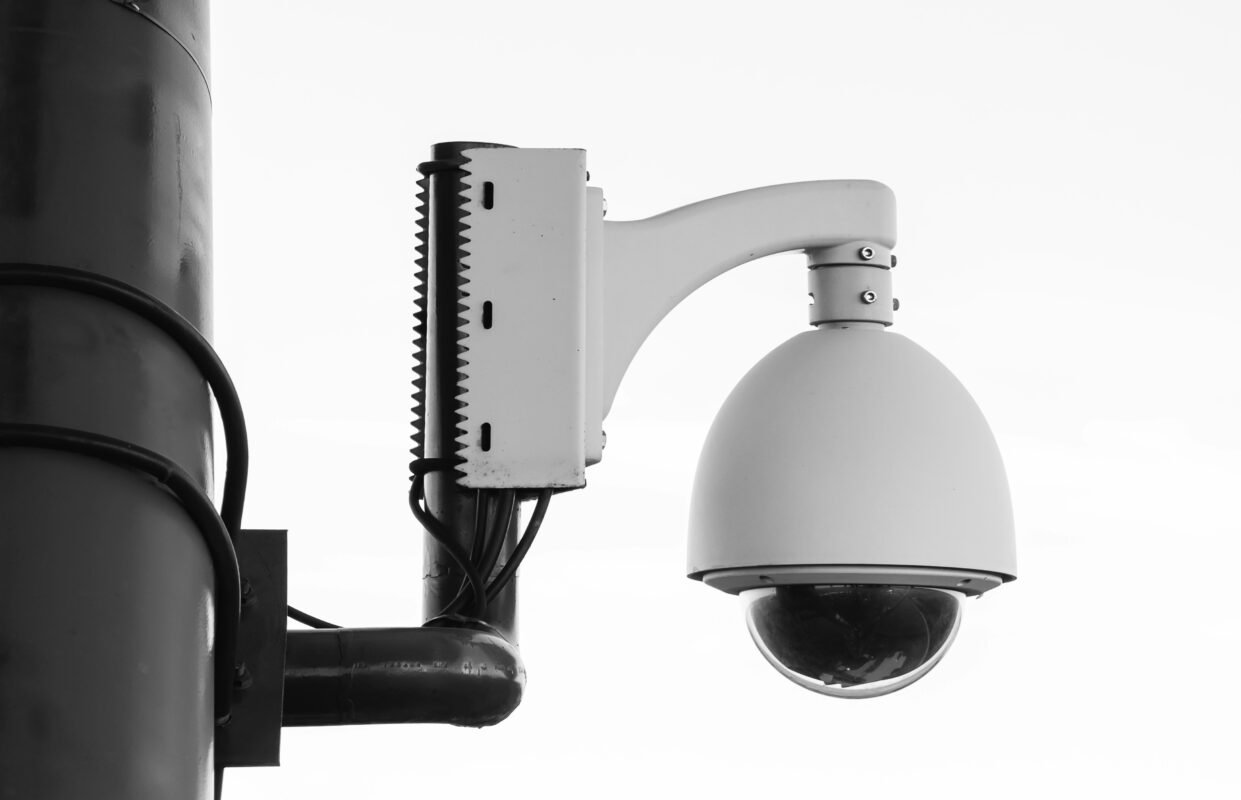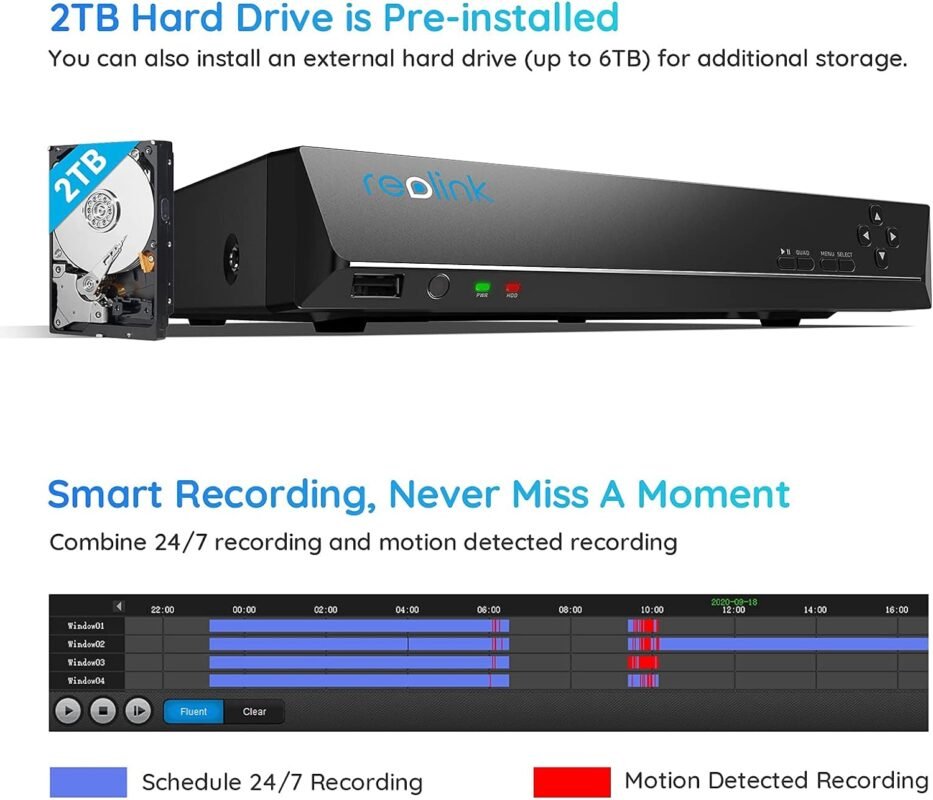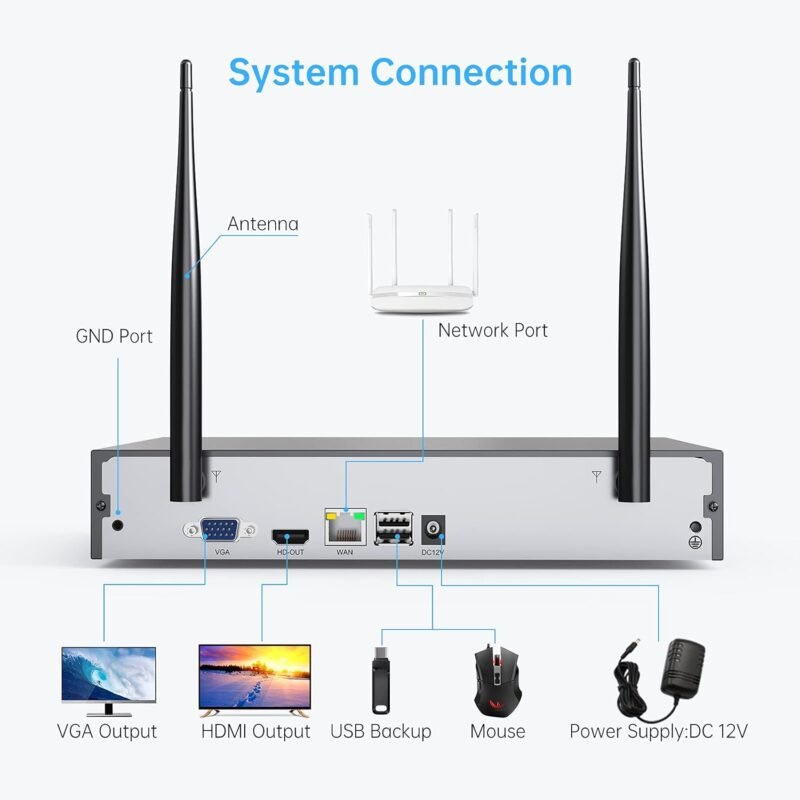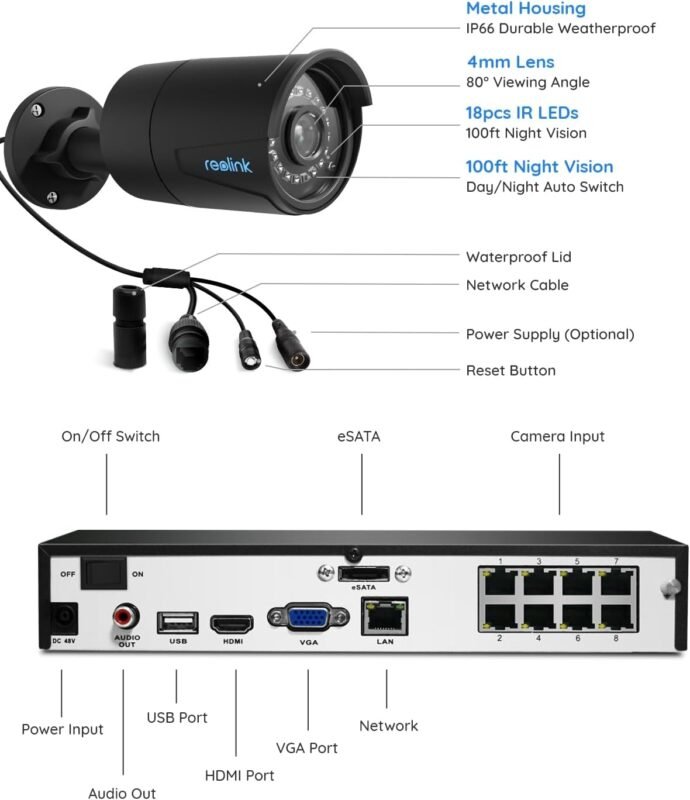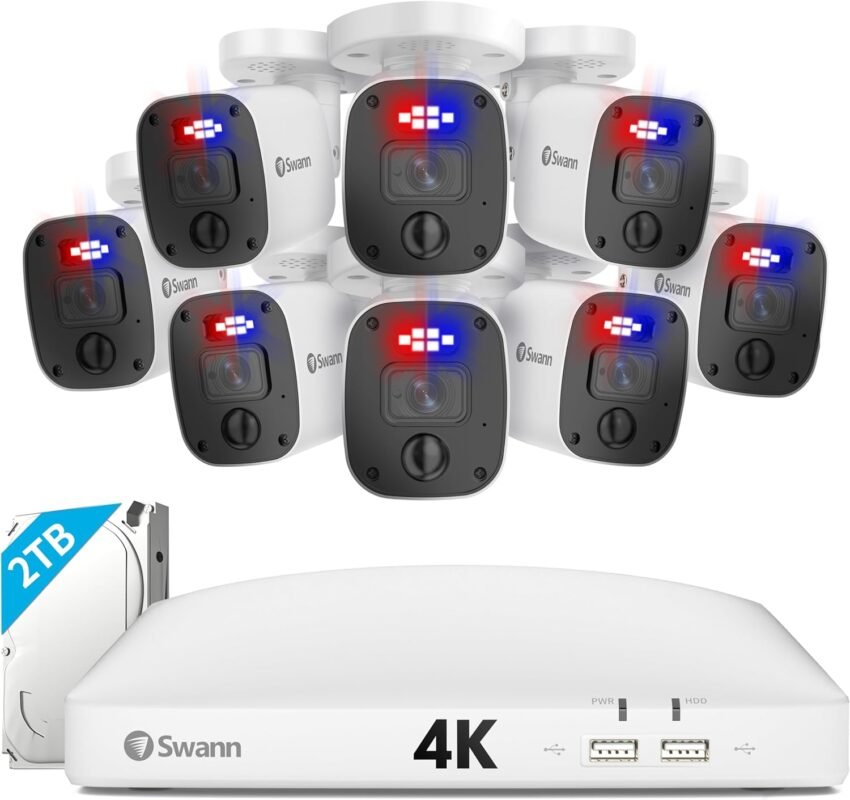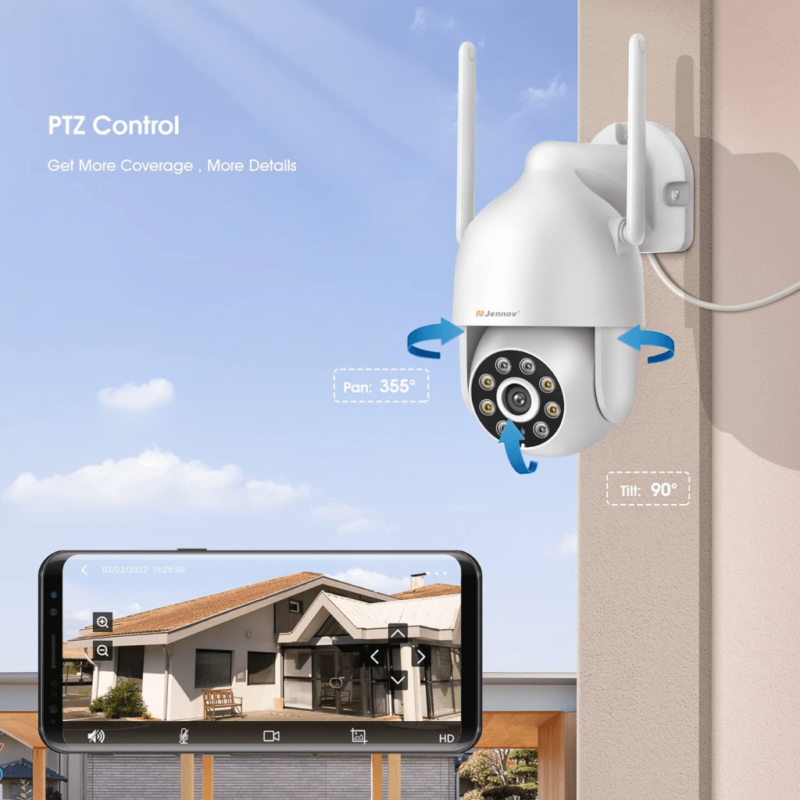Hey there! Have you ever wondered about the differences between IP cameras and analog cameras? Both serve the same purpose of capturing footage, but the technology behind them is quite distinct. In this article, we will dive into the key disparities between IP cameras, which use an internet protocol to transmit data, and analog cameras, which rely on traditional cables to connect to recording devices. By the end of this read, you’ll have a clearer understanding of which type of camera may be best suited for your surveillance needs. Let’s get started! What Is The Difference Between IP Cameras And Analog Cameras?
Have you ever wondered what the difference is between IP (Internet Protocol) cameras and analog cameras? In this article, we will break down the key distinctions between the two types of cameras to help you make an informed decision when choosing the right one for your needs.
Resolution and Image Quality
When it comes to choosing between IP cameras and analog cameras, one of the most significant differences is the resolution and image quality they provide. IP cameras generally offer higher resolutions, which translates to clearer and sharper images. On the other hand, analog cameras tend to have lower resolutions, resulting in less detailed footage.
IP Cameras:
IP cameras can range from 1 to 32 megapixels, providing high-definition video quality for better identification of people or objects. The higher resolution makes them ideal for scenarios where image clarity is crucial, such as monitoring license plates or facial recognition.
Analog Cameras:
Analog cameras typically offer resolutions of up to 1080p, which is lower than most IP cameras. This lower resolution may be sufficient for general surveillance purposes but may fall short in capturing fine details or identifying individuals at a distance.
Installation and Setup
Another factor to consider when comparing IP cameras and analog cameras is the installation process and setup requirements.
IP Cameras:
IP cameras require network connectivity for operation, which means they need to be connected to an existing network or the internet. This connection allows for remote access and viewing of the camera feed from any location with an internet connection. Setting up IP cameras may involve more technical knowledge, especially when configuring network settings and security protocols.
Analog Cameras:
Analog cameras transmit video signals over coaxial cables or wireless connections to a digital video recorder (DVR) for recording and playback. The installation process for analog cameras is generally simpler and more straightforward, as they do not rely on network connections. However, the lack of network connectivity limits the remote access and monitoring capabilities of analog cameras.

This image is property of pixabay.com.
Scalability and Expandability
Scalability refers to the ability to add more cameras to an existing system, while expandability refers to the flexibility of the system to accommodate additional features or functions.
IP Cameras:
IP cameras offer greater scalability and expandability compared to analog cameras. With IP cameras, you can easily add more cameras to your network without the need for additional cabling or complex setup. Additionally, IP cameras support advanced features such as motion detection, video analytics, and integration with other smart devices for enhanced security and monitoring capabilities.
Analog Cameras:
Analog cameras have limitations in terms of scalability and expandability, as they require dedicated cabling for each camera. Adding more analog cameras to an existing system may involve running additional cables, which can be costly and time-consuming. Furthermore, analog cameras have fewer advanced features and functionalities compared to IP cameras, making them less versatile in terms of customization and integration.
Remote Viewing and Monitoring
Remote viewing and monitoring capabilities are essential considerations for surveillance systems, especially for businesses or homeowners who need to access camera feeds from remote locations.
IP Cameras:
IP cameras offer seamless remote viewing and monitoring through network connectivity. By accessing a secure online portal or mobile app, you can view live camera feeds, playback recorded footage, and receive real-time alerts from anywhere with an internet connection. The ability to remotely monitor IP cameras provides added convenience and security for users who need to check on their property or assets while away.
Analog Cameras:
Analog cameras have limited remote viewing capabilities, as they typically require a direct connection to a DVR or monitor for viewing footage. While some analog systems may support remote access through specialized software or network configurations, the functionality is often more limited compared to IP cameras. Remote monitoring of analog cameras may involve additional setup and technical expertise to enable remote access.

This image is property of pixabay.com.
Storage and Recording Options
Storage and recording options play a crucial role in capturing and storing surveillance footage for later review or evidence purposes.
IP Cameras:
IP cameras offer flexible storage options, including onboard storage, network-attached storage (NAS), or cloud storage solutions. By recording video footage directly to a local storage device or the cloud, users can access and review recordings at any time without the risk of data loss. Additionally, IP cameras can support continuous recording, motion-activated recording, or event-based recording for customized surveillance strategies.
Analog Cameras:
Analog cameras typically record video footage to a DVR or digital video recorder, which stores recordings on a hard drive or memory card. The storage capacity of analog systems may be limited by the size of the hard drive or memory card, which can affect the recording duration and quality. Unlike IP cameras, analog cameras may not offer the same level of flexibility in storage options, such as cloud storage or remote backup solutions.
Cost and Affordability
Cost is a significant factor to consider when choosing between IP cameras and analog cameras, as the initial investment and ongoing maintenance expenses can vary between the two types of cameras.
IP Cameras:
IP cameras are generally more expensive upfront compared to analog cameras, due to their advanced features, higher resolutions, and network connectivity capabilities. However, the long-term cost savings of IP cameras may outweigh the initial investment, as they require less maintenance, cabling, and infrastructure upgrades over time. Additionally, the scalability and expandability of IP cameras can provide added value and flexibility for future growth or system enhancements.
Analog Cameras:
Analog cameras are typically more budget-friendly upfront, making them a cost-effective option for smaller surveillance systems or limited budgets. While analog cameras may have lower initial costs, they can incur higher long-term expenses in terms of maintenance, cabling, and system upgrades. The lack of advanced features and functionalities in analog cameras may also limit their value and effectiveness in long-term security applications.

This image is property of pixabay.com.
Conclusion
In conclusion, the difference between IP cameras and analog cameras lies in their resolution and image quality, installation and setup requirements, scalability and expandability, remote viewing and monitoring capabilities, storage and recording options, as well as cost and affordability. When choosing between IP cameras and analog cameras, it is essential to consider your specific needs, budget, and surveillance requirements to determine which type of camera best suits your security needs. By understanding the key differences between IP cameras and analog cameras, you can make an informed decision that meets your surveillance objectives and delivers optimal security solutions for your home or business.











